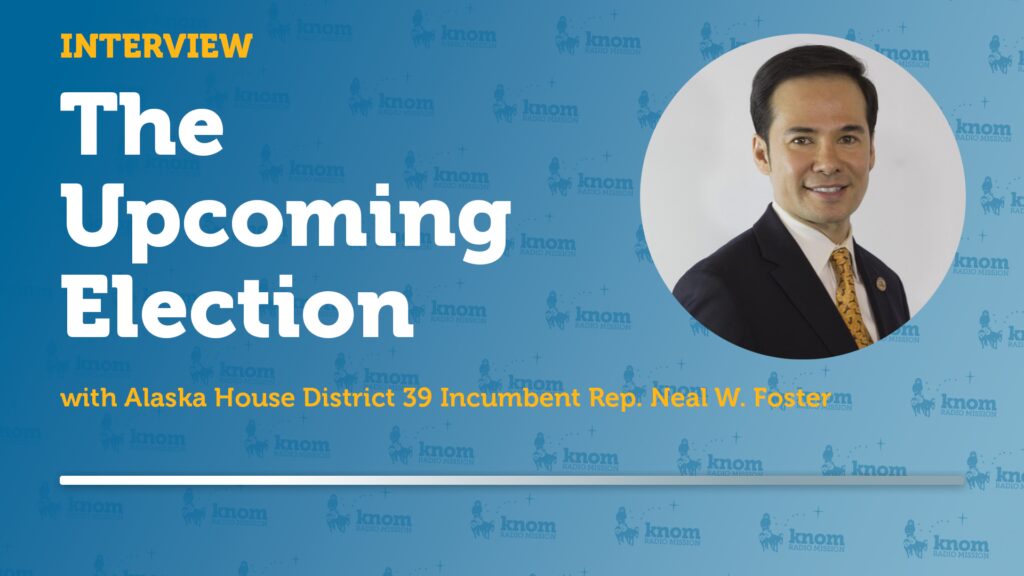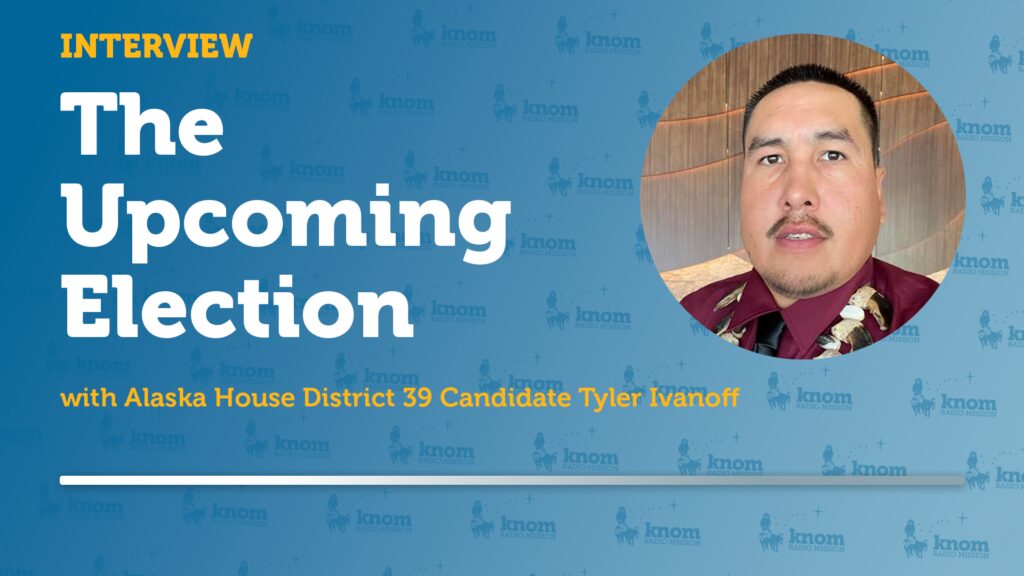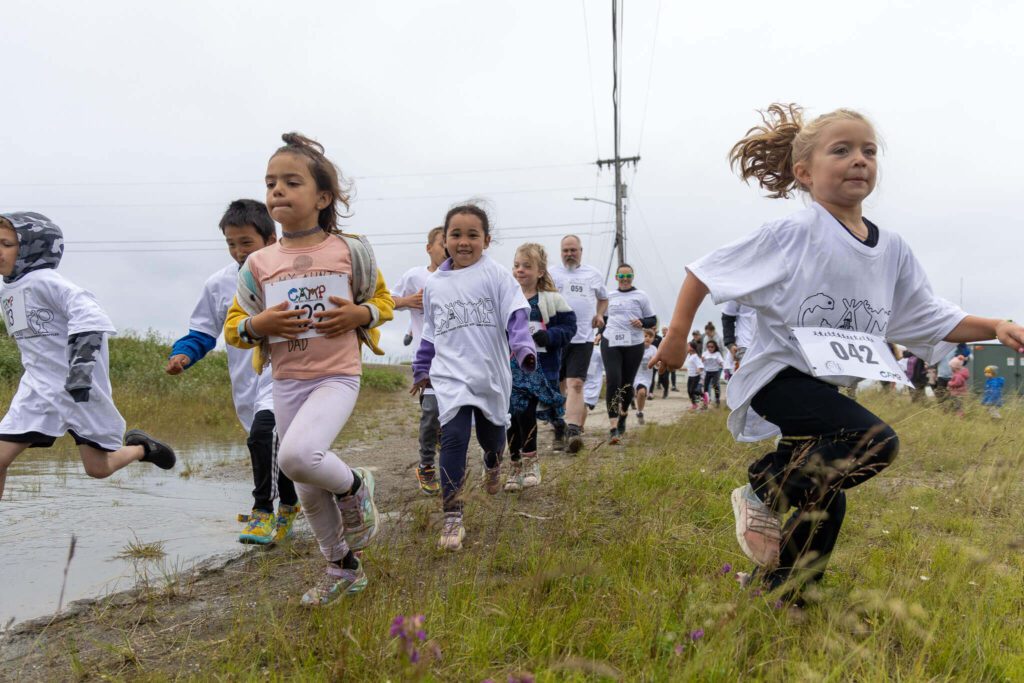Adding to the list of dignitaries who came through Western Alaska over the past couple weeks, Senator Dan Sullivan, U.S. Coast Guard Commandant Paul Zukunft, and Rear Admiral Michael F. McAllister passed through Nome on Monday for a fact-gathering mission of sorts.
Senator Sullivan says he believes the Commandant gained further understanding and context of what’s going on in the region from his first visit to Nome.
“The big message for him to hear and see — and I think the Mayor and his team did a great job Monday — is talking about the increased traffic, vessel traffic that we are seeing. And they had charts and everything that laid that out, and how this obviously raises safety concerns, environmental concerns, but economic opportunity and national security and defense concerns.”
According to data gathered by the Port of Nome, total dock calls at the port increased by about 25% between 2014 and 2016 to over 700 total calls. Nome’s City Manager Tom Moran says Zukunft didn’t really see a busy day at the Port, as the Commandant missed the Crystal Serenity by 24 hours:
“We made so many accommodations for the Crystal Serenity on Sunday that I don’t know that really it was a true indication of what the Port looks like in the summer, but he was able to see the congestion and the juxtaposing we have to do with different types of vessels on different docks to accommodate everybody and their need for dockage space; but, I was pretty impressed with his knowledge of what happens up here.”
Moran says the Nome delegation gave their specific concerns to the visiting dignitaries, which seemed to be well received:
“I thought the Admiral was pretty well aware of what we were saying about communication infrastructure, and kind of the lack of ability that we have technologically, about the difficulty of response for anything north of Dutch Harbor. We have been very lucky, we knock on wood and say a prayer every night that we have not had a serious oil spill or serious water search and rescue for a number of years, but as the traffic increases, obviously the likelihood of that happening increases with it.”
After a pit stop in Nome, Sullivan and Zukunft’s entourage of ten or more people traveled to Shishmaref for a town hall meeting. Sullivan says it has been about ten years since a senator has visited Shishmaref:
“You can hear about these things, you can read about them, but what I think is the most important thing to do is to be on the ground and see some of the challenges and the wonderful people in that community. And so that was very moving, and I think the Commandant and Admiral McAllister were both moved by the outpouring of hospitality from everybody. But just hearing what they saw as challenges, obviously with the major erosion, and then even some opportunities.”
In addition to discussing climate change, residents of Shishmaref suggested that Sullivan and Zukunft look at developing more commercial fishing opportunities in Western Alaska. The Senator said he would look into that once he returned to D.C.
Next up on the list of federal visitors to Nome is a group from the Army Corps of Engineers, who are expected to arrive on Saturday. According to Moran, the purpose of their visit is to discuss the Formally Used Defense Sites (FUDS) funding, but the Arctic Deep Water Port may also come up in conversation.
Image at top: file photo: A Coast Guard MH-60 Jayhawk rescue helicopter in Kotzebue, Alaska, August 2010. Photo: Petty Officer 3rd Class Walter Shinn, U.S. Coast Guard (public domain).







